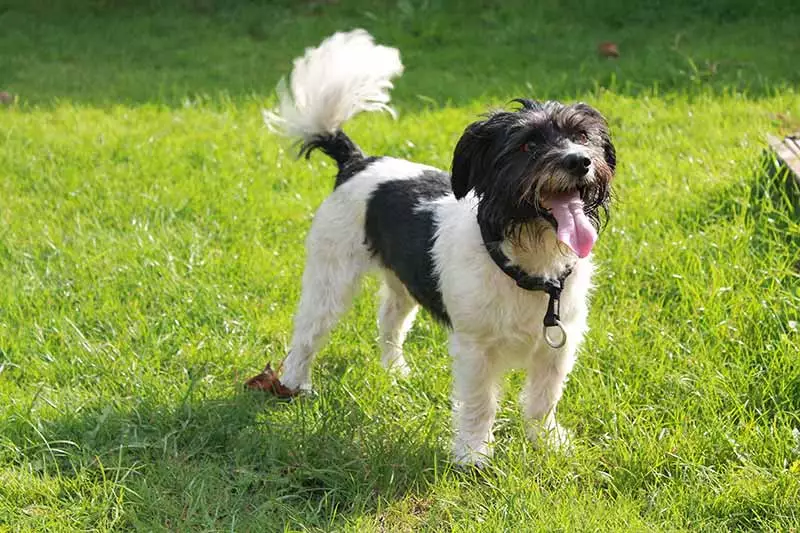Decoding Dog Speak: Why Dogs Wag Their Tails

A wag of the tail is no exception. While commonly interpreted as a friendly, happy gesture, the reasons why dogs wag their tails are much more complex than a simple expression of pleasure. Schertz Animal Hospital is here to help you learn what your dog is saying a little bit better.
All About Dog Speak
As humans, we depend on verbal communication with one another to get our point across. While they do vocalize some of their feelings, dogs rely a lot more on other means of communication.
Dogs might pass along information to other dogs using:
- Pheromones
- Smells from glandular secretions
- Vocalizations including barks, whines, and growls
- Body posture
- Eye and ear position
- Gestures and subtle visual cues such as raising hair
Humans are not used to being on the lookout for some of less obvious ways a dog might communicate, but that doesn’t mean we can’t learn!
Why Dogs Wag Their Tails
A tail is worth a thousand words when it comes to dog language. Dubbing a tail wag as a signal of happiness is simply an overgeneralization we tend to make as a two-legged species. Why dogs wag their tails amounts to a more complex communication strategy.
The next time you see a pooch wagging her tail, pay a little closer attention to the details. Observing the specifics of a pet’s wag can help you understand what point your pup is trying to convey.
For instance:
- A high back and forth wag is a sign of happiness
- A horizontal tail indicates your dog is curious about his surroundings
- A tucked, wagging tail shows worry or insecurity
- A vertical tail, even if wagging, can indicate aggression
- Wagging to the right supports a happy message
- Wagging to the left may indicate your pet is feeling scared or worried
- A dog who carries her tail high all the time may be confident, spreading anal gland scent
- Low tail carriage may mean a dog is trying to lay low
- The faster the wag, the more passionate the message
Interestingly, dogs who do not have tails need to be much more cautious mingling with their canine counterparts, as they can’t convey their message as well.
A dog’s tail helps to provide balance, but is also a key player in canine communication. With a little practice, you can understand your pet’s tail a bit better, helping you to understand and reinforce good behavior in your faithful companion even better. Please don’t hesitate to contact your team at Schertz with any questions regarding your pet!
Share This Article
About
Schertz Animal Hospital
Since 1976, Schertz Animal Hospital has offered the greater San Antonio area outstanding pet care. Our state-of-the-art animal hospital in Schertz, TX compliments our stress-free handling and experienced veterinary staff. Make an appointment online or give us a call at (210) 659-0345 today!
